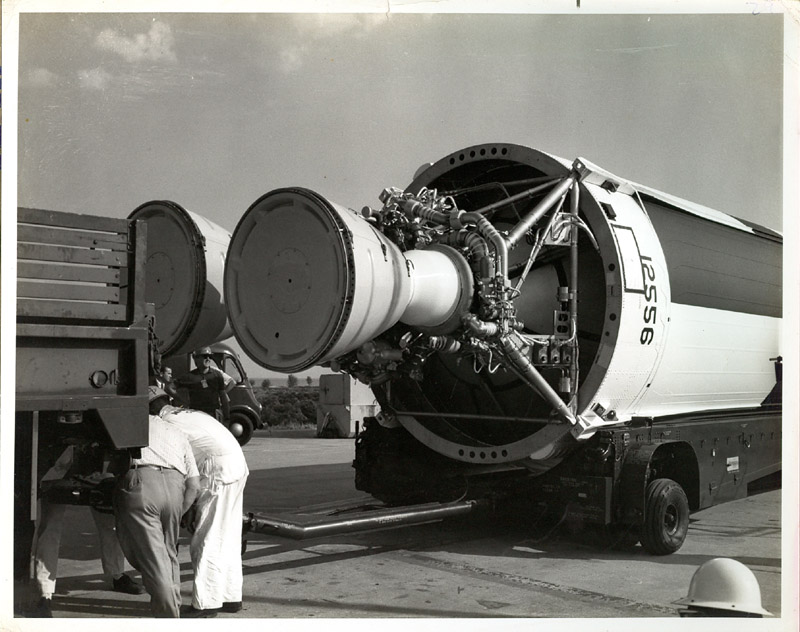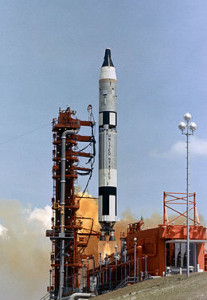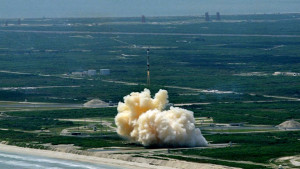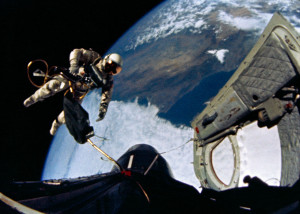The first mission of NASA’s Gemini program was launched 52 years ago today and marked the beginning of a string of successful space flights that were essential in developing capabilities for NASA’s moon landings.
Gemini 1 launched on April 8, 1964 and verified the structural integrity of the Gemini launch vehicle (GLV) as well as the spacecraft. The mission demonstrated the GLV’s ability to place the spacecraft in a specific orbit – a revolutionary maneuver that enables spacecraft to rendezvous and dock with orbiting space stations, such as the present-day International Space Station.
The program was named after the constellation Gemini, meaning “twins.” The Gemini space capsule carried two astronauts on each of its 10 crewed launches. NASA’s previous human spaceflight program, Mercury, only allowed for a single astronaut on each flight. The longest space flight duration for a single U.S. astronaut prior to Gemini was slightly less than one and a half days on Mercury-Atlas 9. Through the Gemini missions, NASA was able to study how astronauts would be affected by longer space flights of up to two weeks. The first American spacewalk was also conducted on a Gemini mission.
The Gemini program pioneered and demonstrated spacecraft rendezvous and docking maneuvers that would be used in orbit around the moon during the Apollo program that followed. The Apollo lunar lander would separate from the command module and rendezvous with it after leaving the lunar surface.
For more information about NASA’s Gemini program, click here.




